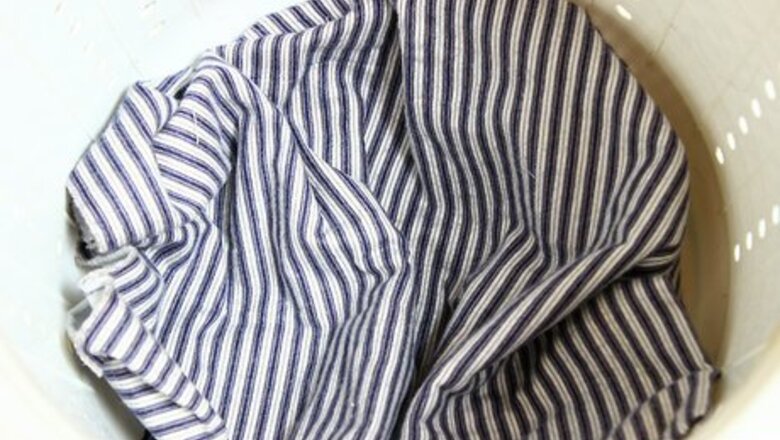
views
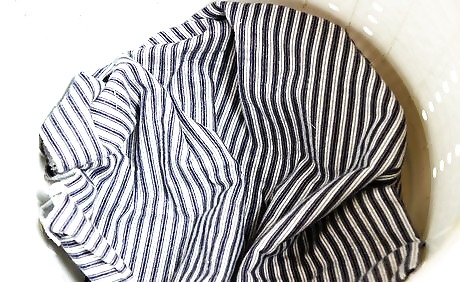
Prepare your natural fabric properly, if it is an item that needs to be laundered. Cottons, linen, wool, and silk will all change consistency when laundered.Typically, it will shrink. If you sew it and then wash it, seams may pucker or at the very least wrinkle. Wash on the highest temperature setting available. Dry on the highest temperature available. Iron. Be sure your fabric is smooth and wrinkle-free before sewing.
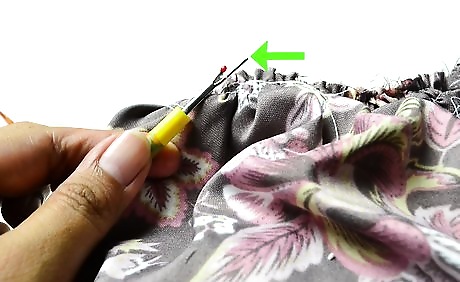
Rip out the seam and redo. Sometimes a pucker is a simple matter of misalignment of the fabric. Simply picking out the seam, and trying again is typically enough to solve matters. However, if it continues to be an issue, it may be time to really slow down and pinpoint the problem.
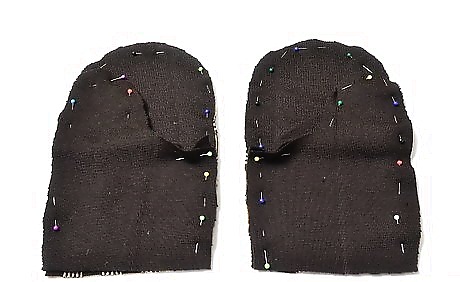
Use lots of pins. Pins are inexpensive, so be generous in using them. The easiest way to keep fabric from puckering while sewing is to put lots of pins in the fabric. In this way, there are more fasteners to keep the fabric in place while you sew. Make sure that you have plenty of pins along where the seam will go. Check that the pins are placed approximately where you'll be stitching. Be sure to keep the fabric smooth while pinning. Ideally, pin on a wide, flat surface like a table or a floor. Place the pins in at the intended seam, rather than off to one side.
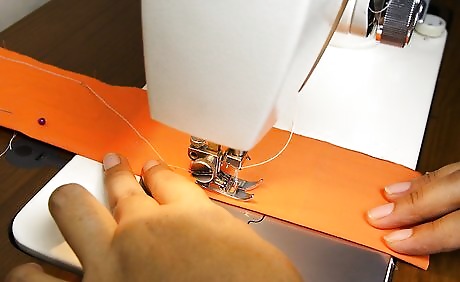
Straighten the fabric gently while sewing it. While running the fabric through the machine, take the fabric in both hands and stretch the seam taut so that it stays smooth when you sew it. Be careful if you do this with stretchy fabric, (such as ones containing Lycra) or very delicate fabric (such as silk or gauzy cotton).
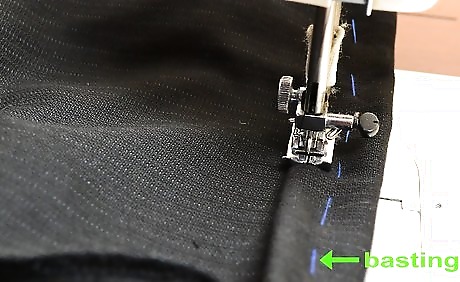
Use basting. Pin the seam well, then baste it. Baste the seam, that is, sew along your intended seam using the biggest stitches available on your machine. Or, you can do so by hand. If your basting turns out well, simply sew over the basted stitches using the proper stitch length. If it does not, pick out the trouble spots and redo them. Since you basted first, it is much easier to rip out incorrect seams.
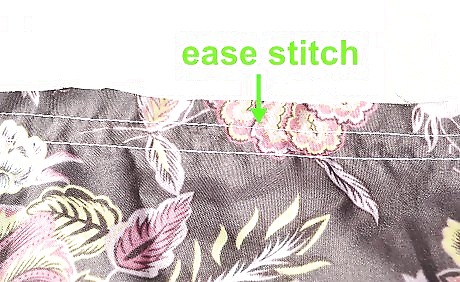
Use the ease stitch. If you are trying to sew two pieces of fabric together and one of them is a bit larger than the other, you can try an ease stitch. Take the larger piece of fabric and mark where your final seam will be. Sew the ease stitch. In the seam allowance of the larger piece of fabric, sew a seam parallel to your intended final seam, but in larger basting stitches, making sure to leave long ends of thread at either end of the seam. Pull the thread ends gently, gathering the fabric slightly until it is the same length as the smaller piece to which it will be stitched. Pin the two pieces of fabric together and stitch your final seam.
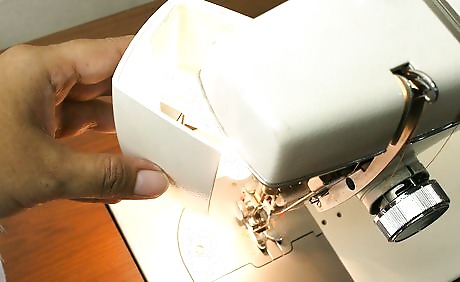
Check your sewing machine. Sometimes it really is your sewing machine causing the problem. Check the tension and double-check if it is sewing properly. If it is in need of maintenance, that may contribute to puckering.
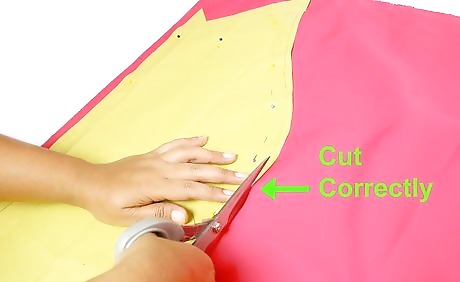
Is your fabric cut out correctly? Occasionally, a mis-cut (either too short or too long) will cause fabric not to line up properly when sewn. In the attempt to sew pieces together, it will not line up properly and in your attempt to make it fit will end up puckering.



















Comments
0 comment